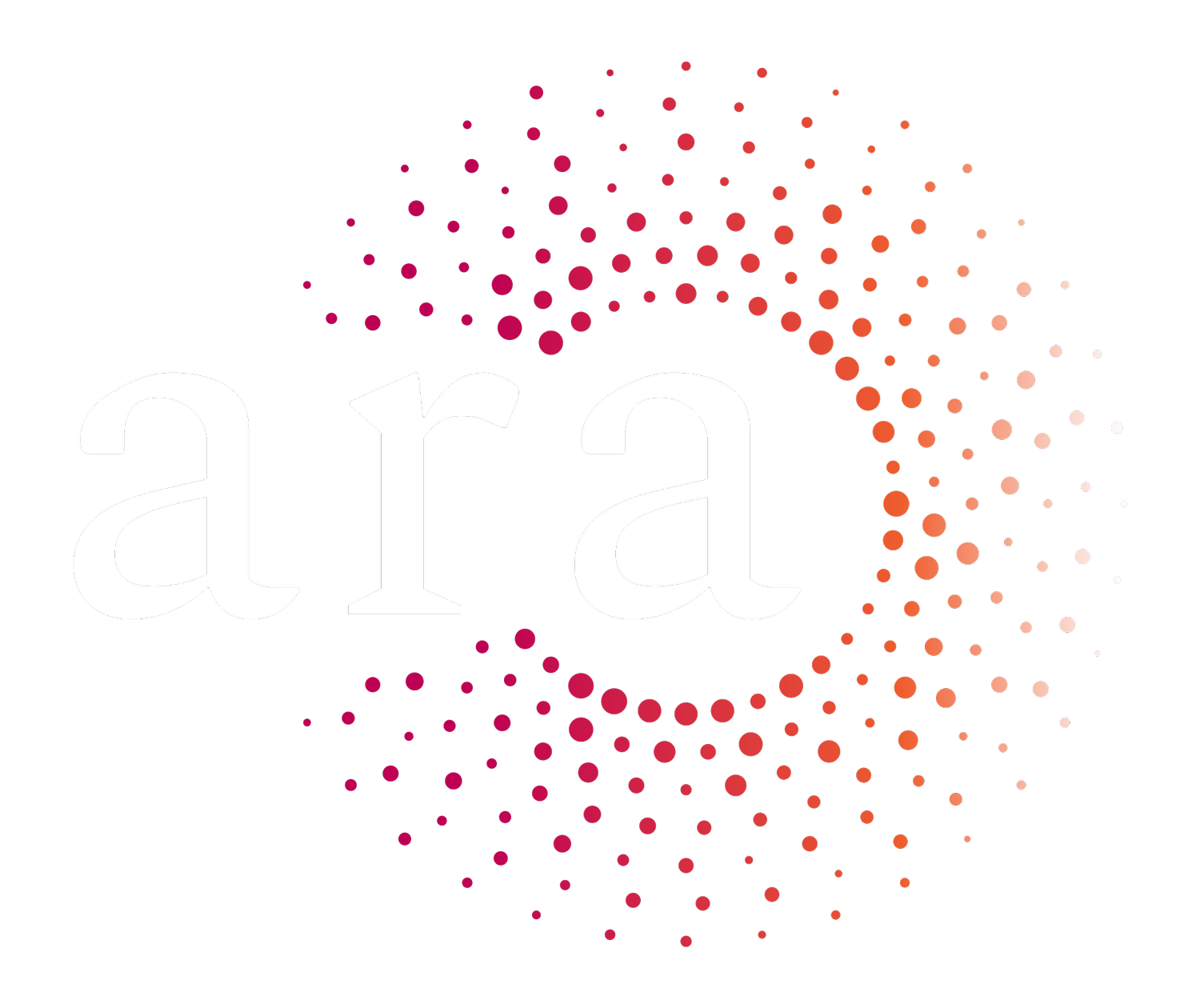Modern Governance: Flow, not Friction.
Governance is meant to help organizations make better decisions at scale.
But instead of being an enabler, it is too often experienced as a barrier - a system that slows decision-making, creates distance between decision-makers and stakeholders, and stifles action with its rigid and bureaucratic structures.
Old school governance isn't built for the myriad ways AI is changing how we work today.
❗ 𝗚𝗼𝘃𝗲𝗿𝗻𝗮𝗻𝗰𝗲 𝗱𝗲𝘀𝗶𝗴𝗻𝗲𝗱 𝘁𝗼 𝗺𝗶𝗻𝗶𝗺𝗶𝘇𝗲 𝗿𝗶𝘀𝗸, 𝗻𝗼𝘁 𝗼𝗽𝘁𝗶𝗺𝗶𝘇𝗲 𝗮𝗰𝘁𝗶𝗼𝗻.
Historically rooted in compliance, creating a reflexive focus on stopping bad outcomes rather than enabling good ones.
Asks, “Can we do this?” but really ought to be asking, “How might we do this well?”
The focus on avoiding liability leads to excessive bureaucracy, procedural inertia, and the creation of governance as a defensive function rather than an adaptive one. It leads to friction and misery. It disperses accountability, rather than encouraging and rewarding action.
❗ 𝗚𝗼𝘃𝗲𝗿𝗻𝗮𝗻𝗰𝗲 𝗱𝗶𝘀𝗰𝗼𝗻𝗻𝗲𝗰𝘁𝗲𝗱 𝗳𝗿𝗼𝗺 𝘃𝗮𝗹𝘂𝗲 𝗰𝗿𝗲𝗮𝘁𝗶𝗼𝗻.
It is often managed separately from the business strategy it’s meant to support, operating in the silos of legal, compliance, and risk rather than as an integrated part of decision-making.
The "governance burden" is treated as a cost center rather than a system that enhances judgment, creativity, and alignment.
Because governance is imposed rather than co-created, it generates resistance rather than engagement.
❗ 𝗚𝗼𝘃𝗲𝗿𝗻𝗮𝗻𝗰𝗲 𝗱𝗲𝘀𝗶𝗴𝗻𝗲𝗱 𝗳𝗼𝗿 𝗽𝗿𝗲𝗱𝗶𝗰𝘁𝗮𝗯𝗶𝗹𝗶𝘁𝘆 - 𝗯𝘂𝘁 𝘄𝗲 𝘄𝗼𝗿𝗸 𝗶𝗻 𝗮 𝘄𝗼𝗿𝗹𝗱 𝗼𝗳 𝘂𝗻𝗰𝗲𝗿𝘁𝗮𝗶𝗻𝘁𝘆!
Many governance structures assume stable environments and clear hierarchies…um, do you know anyone working in that world? Today’s environment is volatile, complex, and interdependent.
Rules, policies, and approvals that once (supposedly) ensured clarity now create rigidity that slows responsiveness to emerging risks and opportunities.
Organizations fail to design governance for learning, adaptation, and decentralized decision-making.
𝗪𝗵𝗮𝘁 𝗮𝗯𝗼𝘂𝘁 𝗮 𝗿𝗲𝗳𝗿𝗮𝗺𝗲?
🏄♀️ 𝗚𝗼𝘃𝗲𝗿𝗻𝗮𝗻𝗰𝗲 𝘀𝗵𝗼𝘂𝗹𝗱 𝗯𝗲 𝗳𝗹𝘂𝗶𝗱, 𝗻𝗼𝘁 𝘀𝘁𝗮𝘁𝗶𝗰. It should flex with market conditions, strategy shifts, and emergent risks.
💡 𝗚𝗼𝘃𝗲𝗿𝗻𝗮𝗻𝗰𝗲 𝘀𝗵𝗼𝘂𝗹𝗱 𝗯𝗲 𝗶𝗻𝘁𝗲𝗹𝗹𝗶𝗴𝗲𝗻𝘁, 𝗻𝗼𝘁 𝗷𝘂𝘀𝘁 𝗽𝗿𝗼𝗰𝗲𝗱𝘂𝗿𝗮𝗹. It should enable better judgment, pattern recognition, and learning across the organization.
🔄 𝗚𝗼𝘃𝗲𝗿𝗻𝗮𝗻𝗰𝗲 𝘀𝗵𝗼𝘂𝗹𝗱 𝗯𝗲 𝗿𝗲𝗹𝗮𝘁𝗶𝗼𝗻𝗮𝗹, 𝗻𝗼𝘁 𝗷𝘂𝘀𝘁 𝘀𝘁𝗿𝘂𝗰𝘁𝘂𝗿𝗮𝗹. It should create trust, shared accountability, and alignment rather than just enforcing compliance.
What do you think? What’s one governance gap that, if closed, would immediately unlock value for your organization?

